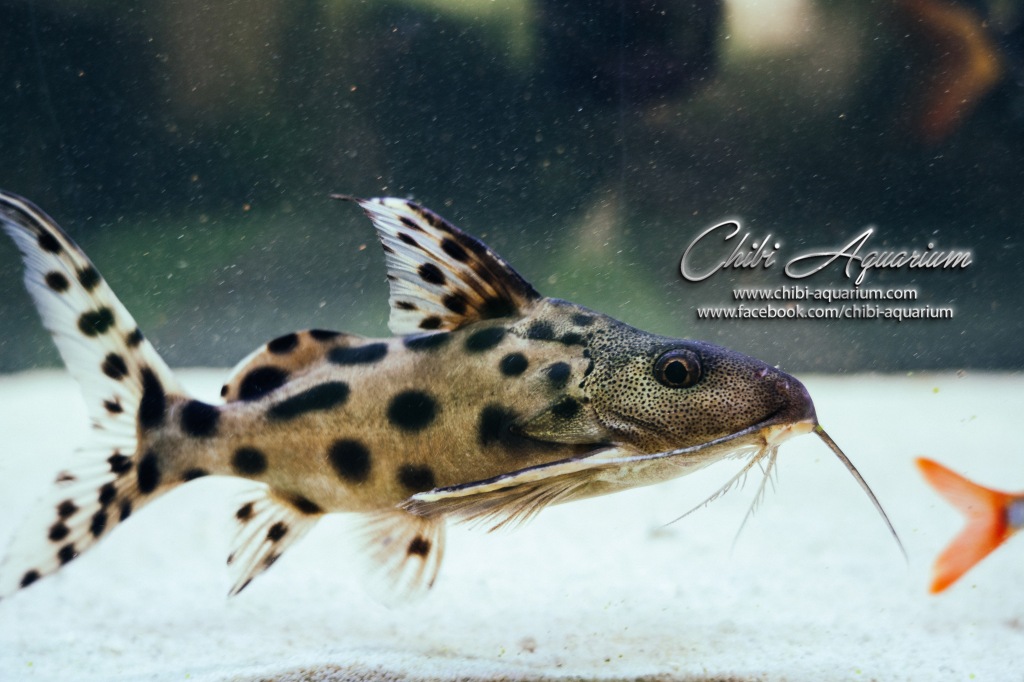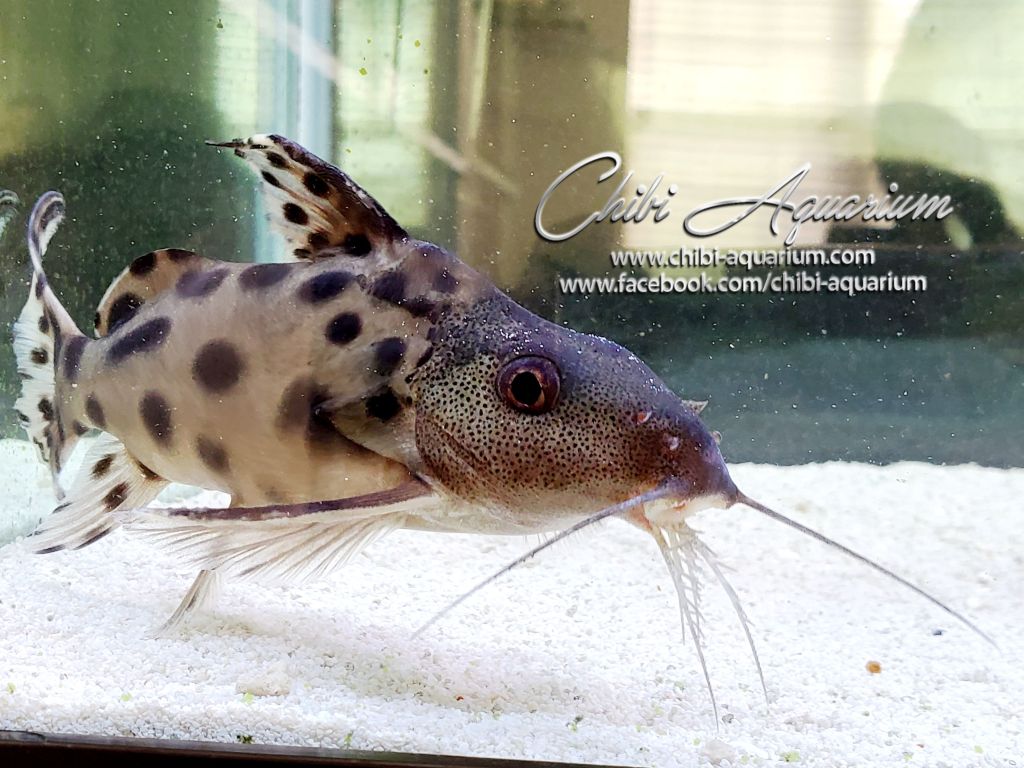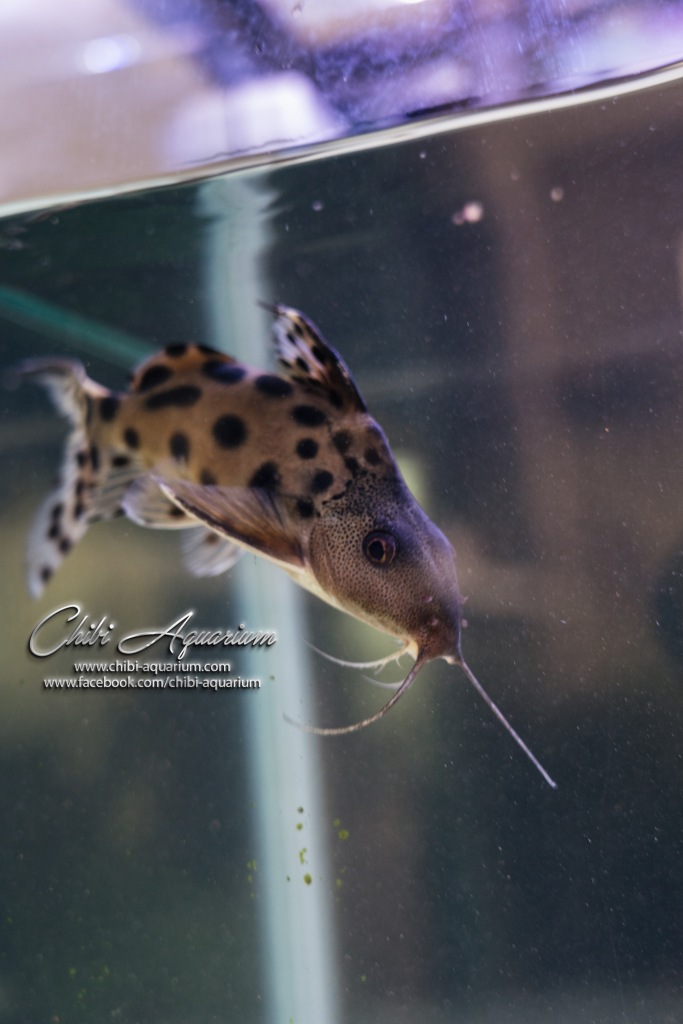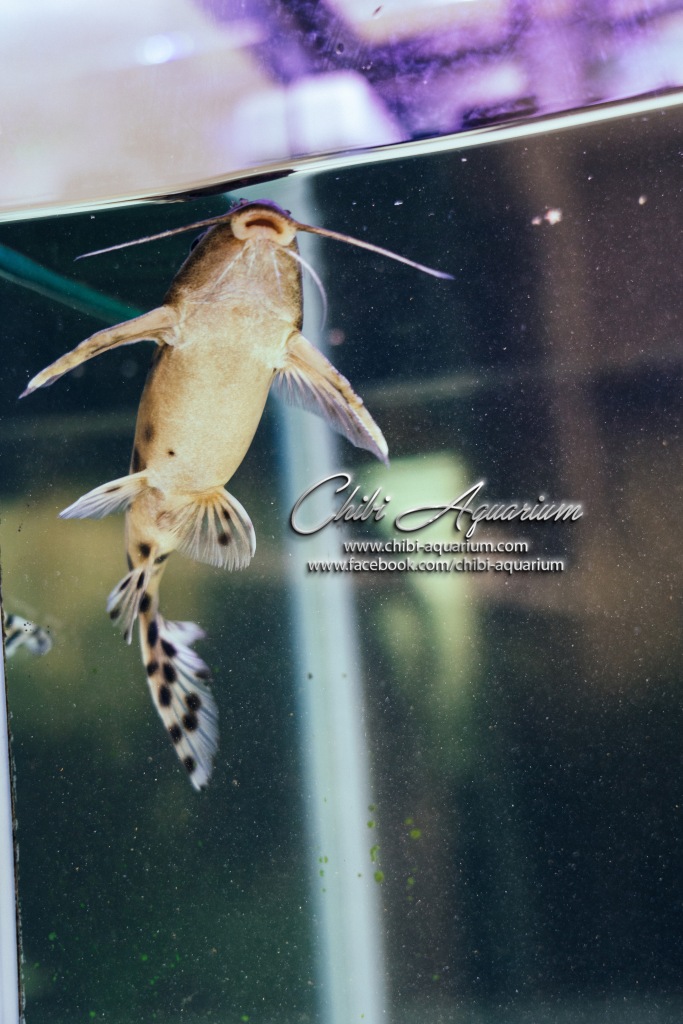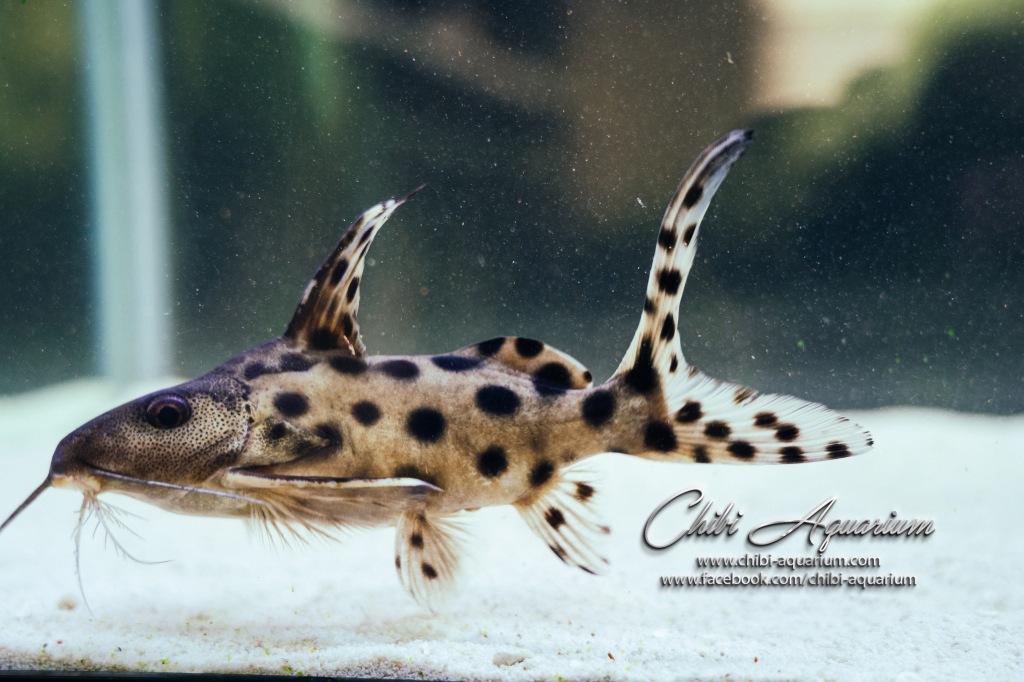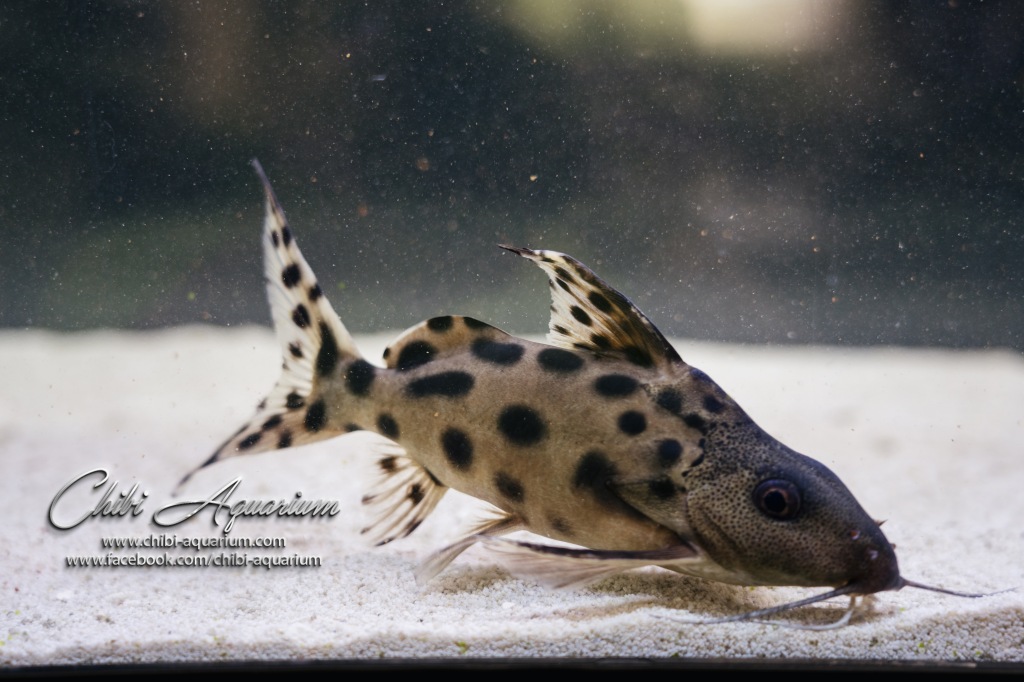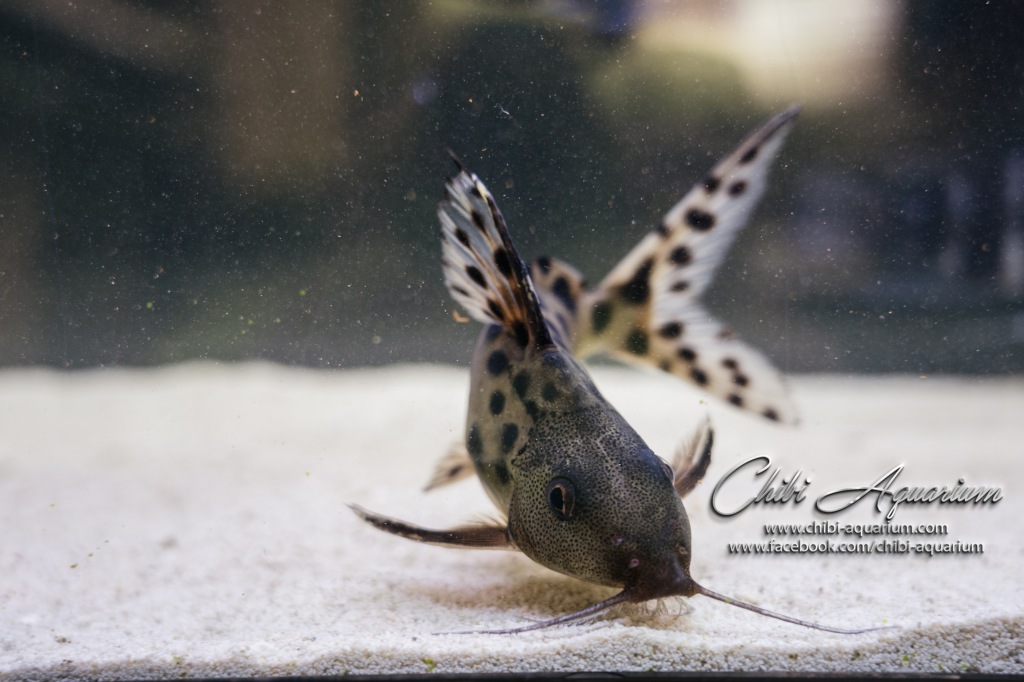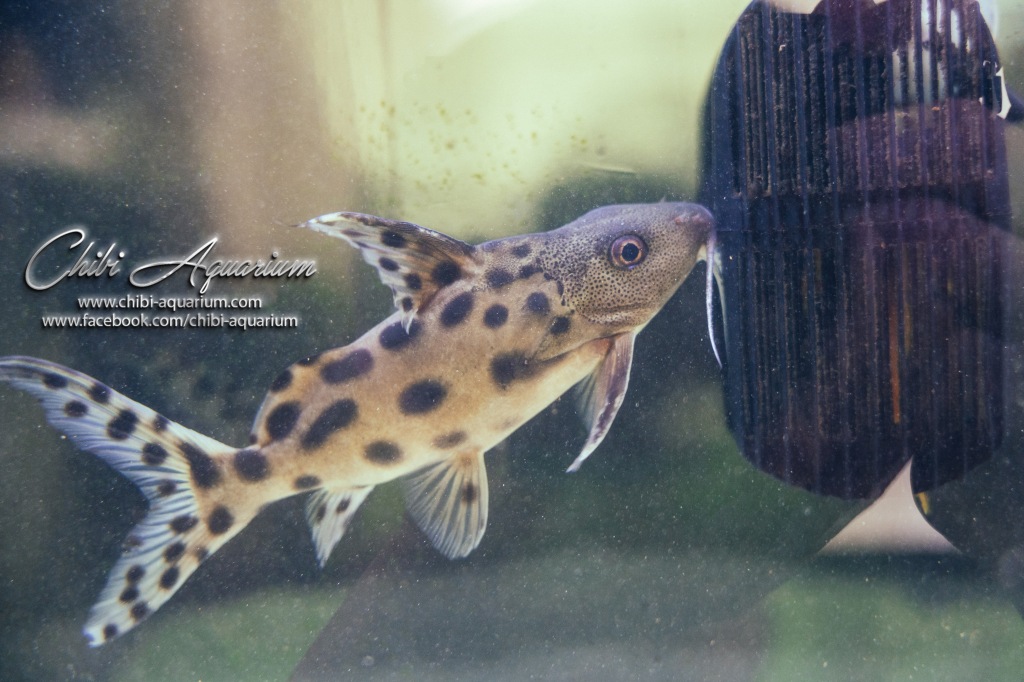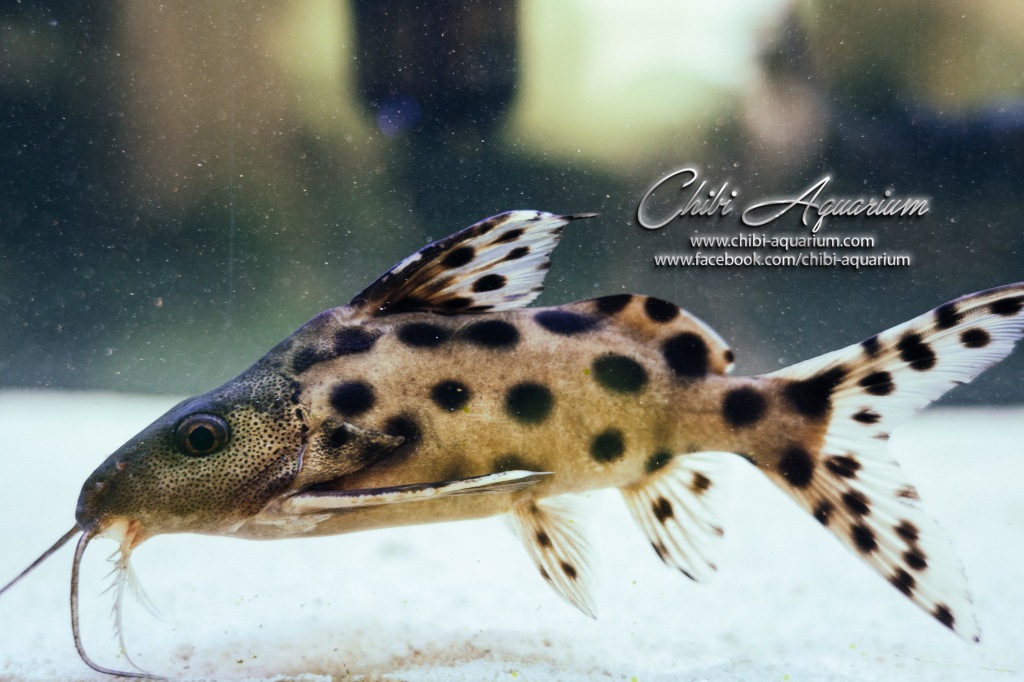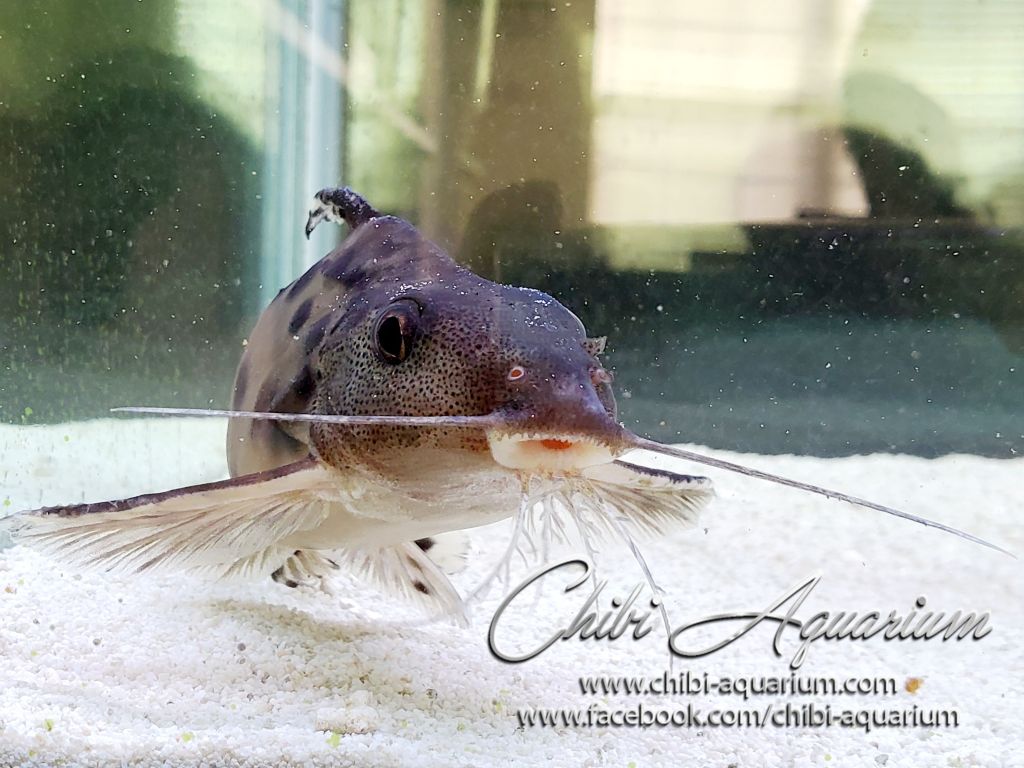Synodontis Multipunctatus, also known as the cuckoo catfish, is a freshwater catfish native to Lake Tanganyika in East Africa. It is a unique and fascinating species that has become popular among aquarium enthusiasts.
Appearance:
The cuckoo catfish is a medium-sized catfish that can reach a length of up to 15 centimeters (6 inches). It has a distinctive coloration that includes a brownish-black body covered in small white spots, and a white belly. The body is elongated and slender, with a flat head and small eyes. The catfish has long, slender barbels on the top and bottom of its mouth, which it uses to locate food.
Behavior:
One of the most interesting aspects of the cuckoo catfish is its unique breeding behavior. The female lays her eggs in the breeding cave of another species of fish, typically a cichlid. Once the eggs hatch, the catfish fry feed on the cichlid eggs and larvae, effectively becoming parasites. This behavior gives the catfish its common name, as it is similar to the behavior of the cuckoo bird, which lays its eggs in the nests of other bird species.
In the aquarium, Synodontis Multipunctatus is generally peaceful and can be kept with a variety of other species. However, it is important to provide plenty of hiding places as the catfish can become shy if it feels threatened or stressed. It is also a nocturnal species, so it is more active at night and will spend most of the day hiding in caves or under rocks.
Diet:
In the wild, the cuckoo catfish feeds on the eggs and larvae of other fish. In captivity, it will eat a variety of foods, including sinking pellets, frozen foods, and live foods such as brine shrimp or bloodworms. It is important to provide a varied diet to ensure the catfish receives all the necessary nutrients.
Breeding:
Breeding Synodontis Multipunctatus in captivity can be challenging but is possible with the right conditions. The catfish prefers a pH between 7.8 and 8.5 and a temperature between 76 and 82 degrees Fahrenheit. The breeding process is similar to its natural behavior, where the female lays her eggs in the breeding cave of another species. Once the eggs hatch, the fry will feed on the eggs and larvae of the host species. It is essential to separate the fry from the host species after hatching, as they will become aggressive towards the host’s offspring.
In conclusion, the Synodontis Multipunctatus, or cuckoo catfish, is a fascinating and unique species that can make an interesting addition to a home aquarium. Its unique breeding behavior, peaceful nature, and varied diet make it a popular choice among catfish enthusiasts. With proper care and attention, this catfish can thrive and provide endless entertainment for years to come.
![]()

